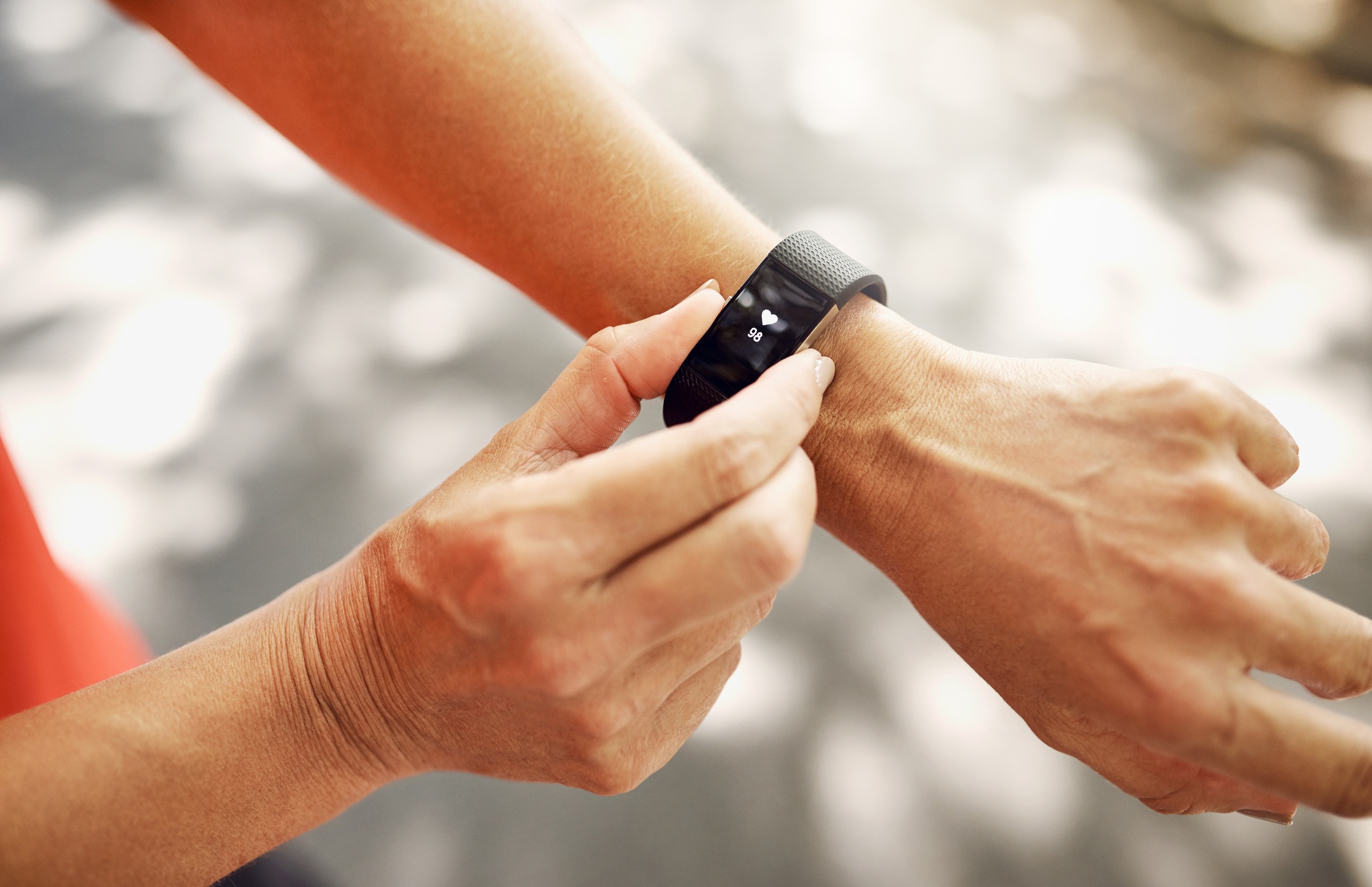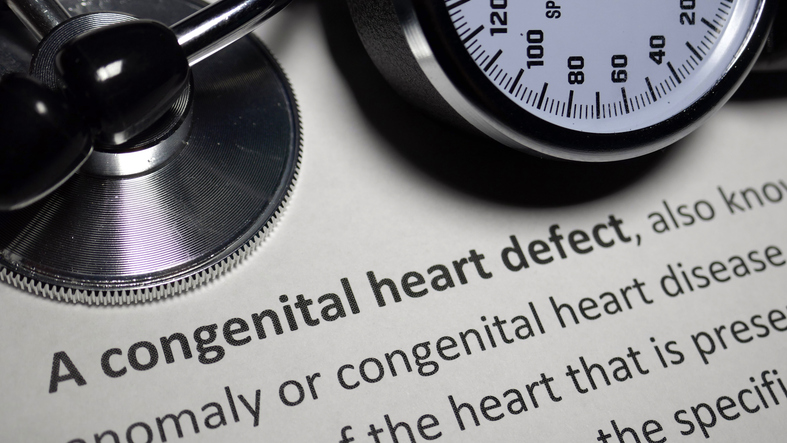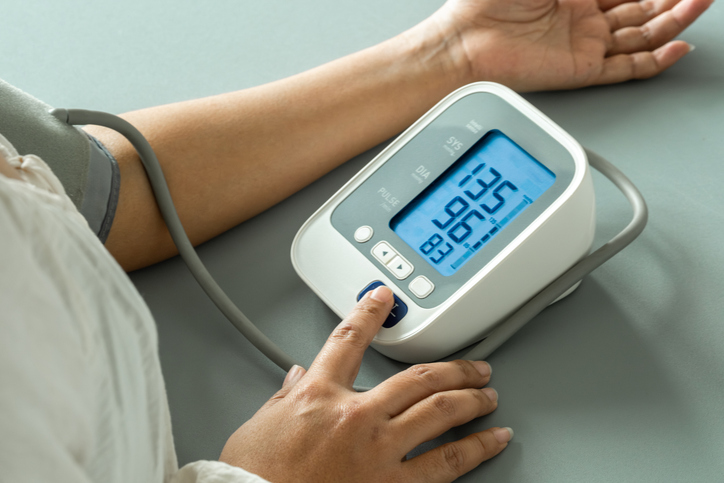
Fitbit has recently announced that they have collected over 150 billion hours of data from customers smartwatches. Gathering the data from tens of millions of individuals, the company has compiled the largest set of heart-rate data to date. This data is also linked to each user’s sex, age, location, weight, height, sleep pattern, and activity level.
Despite the extensive depth of specificity Fitbit has at their disposure, all of this data is anonymized, with each user’s name detached from their data. It is worthy to note that this data is comprised of users who are affluent enough to purchase the device and are in a state of health in which they feel compelled to buy a smartwatch fitness accessory.
A majority of the data consists of resting heart rate information, a key indicator for one’s overall health. Fitbit research and development scientist Scott McLean said, “The cool thing about resting heart rate is that it’s a really informative metric in terms of lifestyle, health, and fitness as a whole.” As per the Copenhagen Heart study, those with a resting heart rate of 80 have a mortality rate twice as high as those with a rate below 50, and three times higher in those with rates above 90. Fitbit’s data from these billions of users confirms much of what physicians already know about cardiovascular health, however, the sheer size of the dataset provides some new insights.
Speaking on his previous experience with research, McLean said “You would conduct an experiment for 20 minutes, then you’d make these huge hypotheses and conclusions about what this means for the general population. We don’t have to do that. We have a large enough data set where we can confidently make some really insightful conclusions.”
One of the observations the researchers made was that women were more likely to display a higher resting heart rate then men. This is in part due to women being smaller in stature than men, on average. A smaller heart requires a higher heart rate to move sufficient quantities of blood around the body.
A trend that researchers had not observed with such specificity prior to the Fitbit study was the increase in resting heart rate during middle age, and the decline following. The researchers reference having children as a potential cause for this observation, being that the added stress of raising a child can elevate one’s resting heart rate. The natural slowing of one’s metabolism could also account for the gradual decline observed in the latter years of the Fitbit users’ lives.

Researchers also found that resting heart rate variation is more profound in younger women than in other users, possibly due to hormone fluctuations occurring during the onset of menstruation. Interestingly enough, men over the age of 50 also display these heart rate swings. McClean claims that this is a trend that has not been seen before in previous research.
Among their findings, researchers claimed that resting heart rate was found to be correlated with BMI, unsurprisingly. For both genders, an increase in BMI was tethered to a subsequent increase in one’s resting heart rate. The Fitbit data also found there to be a “happy medium” BMI, one at which the user is neither too fat nor too skinny. This can be observed by the valley in both graph curves below.

The study also yielded results pertaining to exercises effect on resting heart rate, showing a significant benefit from the first 100 minutes of exercise per week, with this benefit becoming less profound from this point on. “After 200 to 300 minutes per week, you don’t see much of a change in resting heart rate or a benefit,” McClean said.
Many other factors were researched in this study, including age, sleep, geographic location, and even holidays. For more on these extensive results, visit the Yahoo Finance publication here.
EXCLUSIVE: Fitbit has now accumulated 150 BILLION hours’ worth of heart-rate data—the biggest dataset in history—and gave me a look at what it reveals! Some real surprises in there. https://t.co/cmUgwak3NZ pic.twitter.com/IkDRGTBhSi
— David Pogue (@Pogue) August 27, 2018
Source: Yahoo Finance







 © 2025 Mashup Media, LLC, a Formedics Property. All Rights Reserved.
© 2025 Mashup Media, LLC, a Formedics Property. All Rights Reserved.